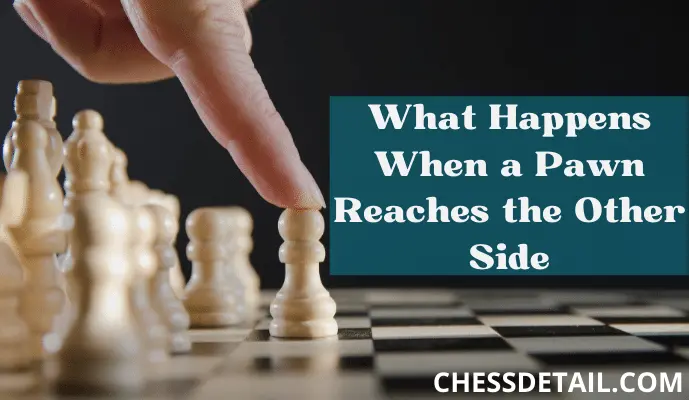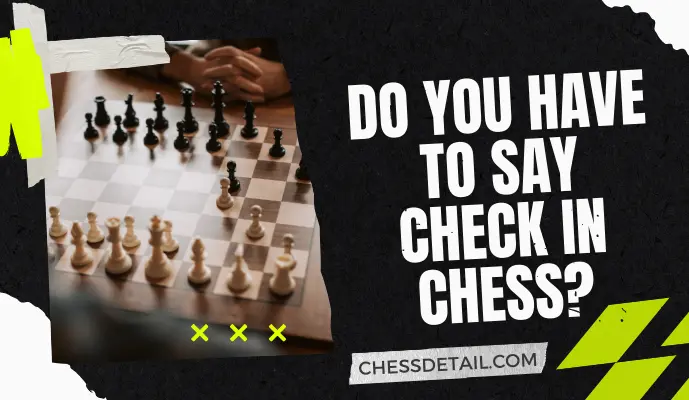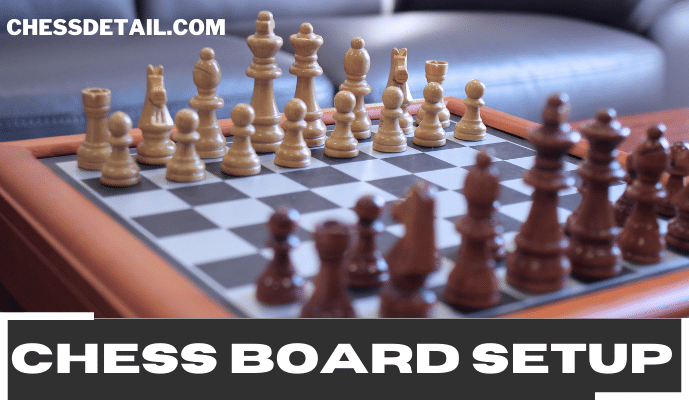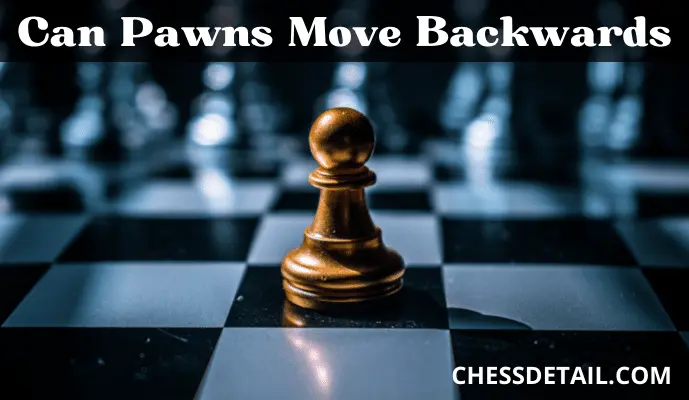What Is Stalemate in Chess? How to Avoid it
Hey, chess enthusiasts and curious minds! Are you scratching your head wondering, “What is stalemate in chess?” Well, search no more. This is your one stop guide to understanding stalemate in the world of chess. We will break down what it is, why it happens, and what it means for your game. So, let’s dive right in!
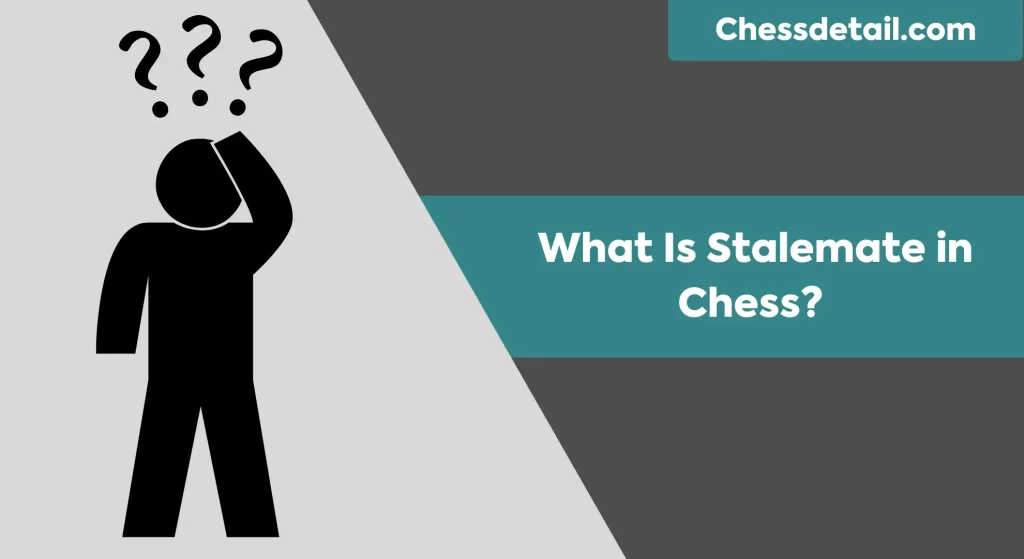
What Is Stalemate in Chess?
First things first, let’s define what stalemate means in chess. A stalemate is a situation where it’s your turn to move, but you have no legal moves left, and your king is not in check. In simple words, you’re stuck; you can’t move anywhere, but you’re also not in immediate danger.
The Importance of Stalemate
Understanding stalemate is crucial for both beginners and advanced players. It can turn a losing game into a draw or disrupt a winning strategy. If you find yourself in a losing position, aiming for a stalemate could be your saving grace. On the flip side, if you’re winning, you’ll want to avoid letting your opponent get into a stalemate situation.
Strategies Involving Stalemate
Defensive Strategies
If you’re in a tight spot and losing seems inevitable, you might aim for a stalemate as a defensive strategy. The idea is to limit your opponent’s options so much that they accidentally push you into a stalemate, resulting in a draw instead of a loss.
Offensive Strategies
Interestingly, you can also use the threat of stalemate as an offensive strategy. By pushing your opponent towards a stalemate, you can sometimes force them to make a mistake, leaving them open for a checkmate.
How to Recognize a Stalemate Situation
Signs You’re Approaching Stalemate
A potential stalemate situation often involves limited pieces on the board. The more pieces are off the board, the higher the chance of a stalemate. Keep an eye on the board’s empty spaces and consider whether either king has limited movement.
Stalemate Patterns
Some common board setups frequently lead to stalemate. Learning these can help you either move towards a stalemate when it benefits you or avoid one when you’re winning.
FAQs
Is Stalemate a Win or Loss?
Nope! A stalemate is considered a draw, meaning neither player wins or loses. In tournament play, both players get half a point for a stalemate.
What’s the Difference Between Stalemate and Checkmate?
Great question! While both terms end with “mate,” they are quite different. In a checkmate, the king is in check and has no legal moves left. In a stalemate, the king is not in check, but you still can’t make any legal moves.
How Can I Avoid a Stalemate?
To avoid a stalemate, make sure you keep an eye on the board and think a few moves ahead. If you’re in a winning position, be cautious not to corner your opponent so tightly that they have no moves left, causing a stalemate.
Conclusion
Understanding the term “stalemate in chess” can greatly improve your game. It adds a layer of complexity and strategy that makes chess the fascinating game it is. Whether you’re defending a losing position or trying to secure a win, knowing how to navigate a stalemate can make all the difference. So, the next time you find yourself in a tight chess match, remember what you’ve learned here. Happy playing!

![7 Chess Tournament Rules [Game Format and Etiquettes]](https://chessdetail.com/wp-content/uploads/2022/06/CHESS-TOURNAMENT-RULES.webp)
